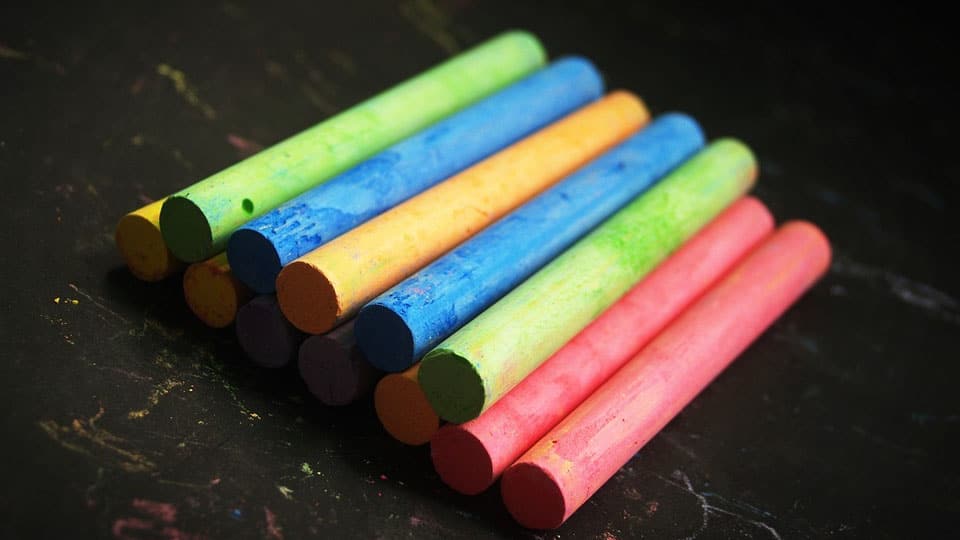In the era of power-point presentation, explaining the word Blackboard as a tool to enhance teaching and learning is sure to be considered as naive. Further, the feature of blackboard also known as chalkboard, as a reusable writing surface on which texts or drawings are made with sticks of calcium sulphate or calcium carbonate, known, when used for this purpose, as chalk may very well have rested in the pages of history. The massive writing surfaces in classrooms were common enough earning the name Blackboard by 1815. The ease with which the chalk marks can be wiped off with a damp cloth or sponge may also signify the feature of the students wiping off from memory what was written by the teacher in the classroom. The report published in a section of the print media not too long ago that students in even higher primary schools of Karnataka were not able to answer simple addition of two digit numbers doesn’t see the teacher fraternity in good light. In this backdrop, the measure recently initiated by the State Government to re-train the primary school teachers to improve their pedagogy competence has happened not a day too early. Learning by rote, driven by prescribed textbooks and syllabus is seen as suspect by the academia itself.
The issue of medium of instruction continues to be debated, mostly centred around making Kannada as the preferred language and disfavouring English, forgetting that children’s ability to acquire vocabulary in any language to which they are exposed is nothing short of amazing. Adults who advocate a language of their preference do so because of their ignoring the benefit of knowing many languages of the land, which polyglots can endorse.
The contents of textbooks in school stages and also the syllabus of the subjects remain virtually unchanged for years, except for some cosmetic additions or deletions. The craze for earning societal reputation by school managements, judged by percentage of passes and numbers of students scoring high marks in qualifying examinations has blinded both the students and the teachers from expanding the horizon of their information first and knowledge next about the nuances of life itself, the basic factor that prepares the growing children to comply with many blunders that their parents are known to be doing, particularly profligate consumption of life-supporting resources. The school-bound children ought to be made aware of the impact of modern ways of life on wellness on one side and spread of diseases on the other.
If the children in their school stage are enabled to read books and other publications including periodicals that carry articles by seasoned writers on science, economics, culture, arts, mathematics, societal matters, they are bound to blossom into adults with versatile competence. Teachers will do well to exert themselves by nurturing their pupils by keenly observing happenings beyond the blackboard.








Recent Comments